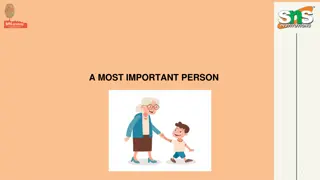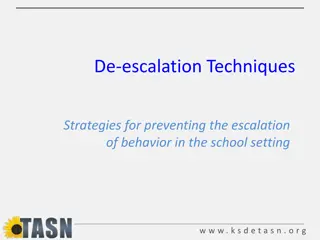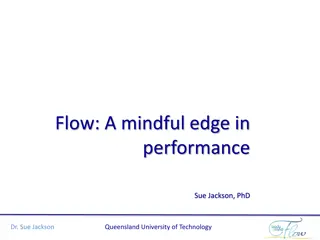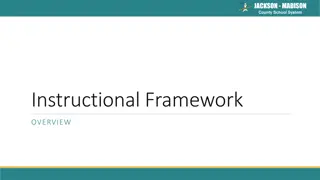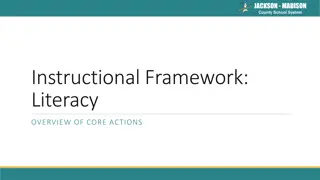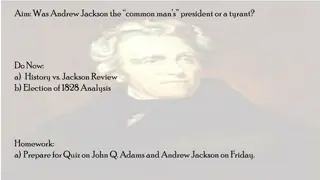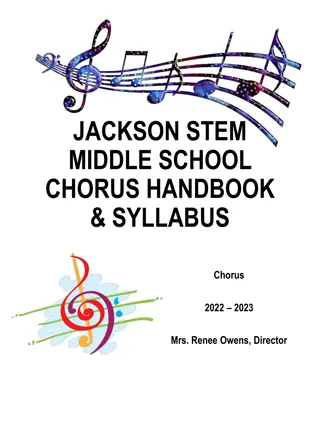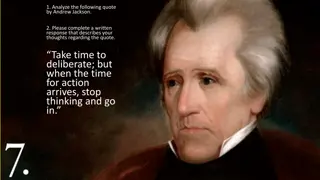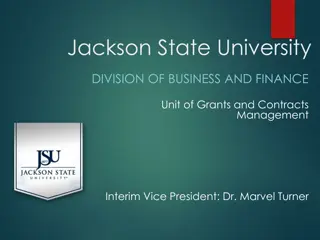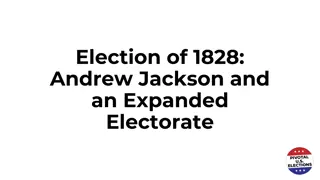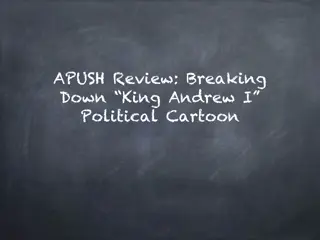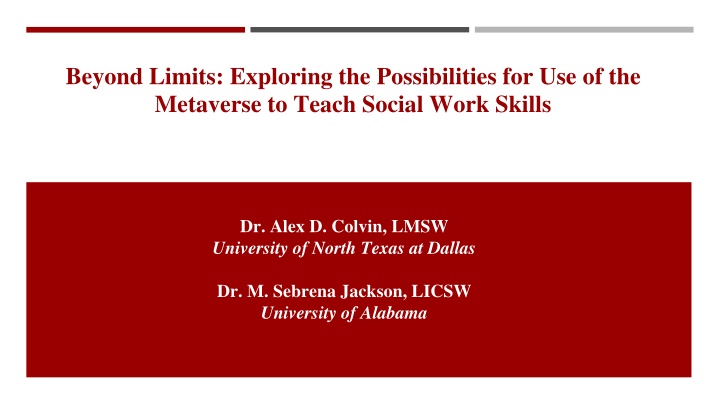
Exploring Metaverse for Teaching Social Work Skills
Discover the potential use of the metaverse for teaching social work skills, including challenges, opportunities, and implications. Dive into a brief overview of the metaverse, its applications, and the diffusion of innovation theory. Consider how educators can leverage this online, shared virtual world to enhance learning experiences.
Download Presentation

Please find below an Image/Link to download the presentation.
The content on the website is provided AS IS for your information and personal use only. It may not be sold, licensed, or shared on other websites without obtaining consent from the author. If you encounter any issues during the download, it is possible that the publisher has removed the file from their server.
You are allowed to download the files provided on this website for personal or commercial use, subject to the condition that they are used lawfully. All files are the property of their respective owners.
The content on the website is provided AS IS for your information and personal use only. It may not be sold, licensed, or shared on other websites without obtaining consent from the author.
E N D
Presentation Transcript
Beyond Limits: Exploring the Possibilities for Use of the Metaverse to Teach Social Work Skills Dr. Alex D. Colvin, LMSW University of North Texas at Dallas Dr. M. Sebrena Jackson, LICSW University of Alabama
Objectives Examine a brief overview of the metaverse. Identify potential challenges and opportunities to metaverse adoption. Explore implications for adopting metaverse for teaching social work skills.
Introduction Several universities have adopted online technologies, for use in education. Educators have also started to consider the use of metaverse as a learning platform in diverse fields. The range of its applications is expected to increase, given that metaverse enables learners to experience, explore, learn, and teach, as well as practice various skills. (Choi & Kim, 2017; D az et al., 2020; Jovanovi & Milosavljevi , 2022; Koo, 2021; Martin, 2017; Siyaev & Jo, 2021; Tasa & Gorg l , 2010).
Brief Overview of the Metaverse The metaverse is an online, open, shared, persistent, three-dimensional virtual world. First used by Neal Stevenson in 1992 as a combination of meta (meaning beyond) and verse (in reference to universe ) to describe a world where virtual and reality interact. As the scope of the metaverse has widened and is continuously growing, various definitions and concepts have emerged.
Brief Overview of the Metaverse Some people might consider the metaverse to merely be a new term for Virtual Reality (VR) or Augmented Reality (AR). Metaverse relies on artificial intelligence (AI) for leveraging AR, VR, and other required elements. Metaverse can be considered a scalable environment in which users create their own content and events. (Hwang & Chien, 2022)
Brief Overview of the Metaverse In the metaverse, users can engage in an activity of their choice, while current VR and AR applications impose restrictions on the tasks that can be performed. As the metaverse technology advances, it is also expected that the accuracy of vision and language recognition will improve, and the development of generative models will enable a more immersive environment and natural movement. (Hwang & Chien, 2022; Park & Kim, 2022)
The Diffusion of Innovation Theory Everett Rogers developed the diffusion of innovation theory to explain the process through which innovations are accepted and utilized in the society. Rogers framework posits that users will either adopt or reject an innovation based on five beliefs: (1) Relative Advantage (2) Compatibility (3) Complexity (4) Trialability (4) Observability
Challenges to Metaverse Adoption Safety and Privacy Confidentiality Online User Abuse and Harassment Already- Existing Power Dynamics Marginalized Populations
Opportunities Provided by the Metaverse Makes educational resources affordable Enhancement of student performance Makes virtual interactions more like real ones Enables experimentation with hard to create phenomena Increases accessibility for remote students Attracts young demographic
Implications for Education Since clinical simulations already serve as powerful teaching and learning tools for students, the metaverse is expected to be the next iteration for skill development. Further development can expose students to opportunities without being limited by time and location. Exposure to individuals from different cultures around the globe will create more well-rounded, culturally competent students. The empowering nature of the metaverse can aid future professionals in breaking down barriers and strengthening cultural competences.
Conclusion Although the metaverse is a relatively new technology, as it develops further, it will have immense potential in diverse domains, education in particular. Educators are uniquely positioned to be at the forefront of this emerging technology.
Contact Us Dr. Alex D. Colvin, LMSW Alex.colvin@untdallas.edu Dr. M. Sebrena Jackson, LICSW msjackson5@ua.edu LinkedIn: drsebrenajackson
References Choi, H. S., & Kim, S. H. (2017). A content service deployment plan for metaverse museum exhibitions Centering on the combination of beacons and HMDs. International Journal of Information Management, 37(1), 1519 1527. D az, J., Salda a, C., & Avila, C. (2020). Virtual world as a resource for hybrid education. International Journal of Emerging Technologies in Learning (iJET), 15(15), 94 109. Jovanovi , A., & Milosavljevi , A. (2022). VoRtex Metaverse platform for gamified collaborative learning. Electronics, 11(3), 1-20. https://doi.org/10.3390/electronics11030317 Koo, H. (2021). Training in lung cancer surgery through the metaverse, including extended reality, in the smart operating room of Seoul National University Bundang Hospital, Korea. Journal of Educational Evaluation for Health Professions, 18, 33. https://doi.org/10.3352/jeehp.2021.18.33
References Martin, J. (2017). Virtual worlds and social work education. Australian Social Work, 70(2), 197 208. Siyaev, A., & Jo, G. S. (2021). Neuro-symbolic speech understanding in aircraft maintenance metaverse. IEEE Access, 9, 154484 154499. Tasa, U. B., & G rg l , T. (2010). Meta-art: Art of the 3-D user-created virtual worlds. Digital Creativity, 21(2), 100 111.




